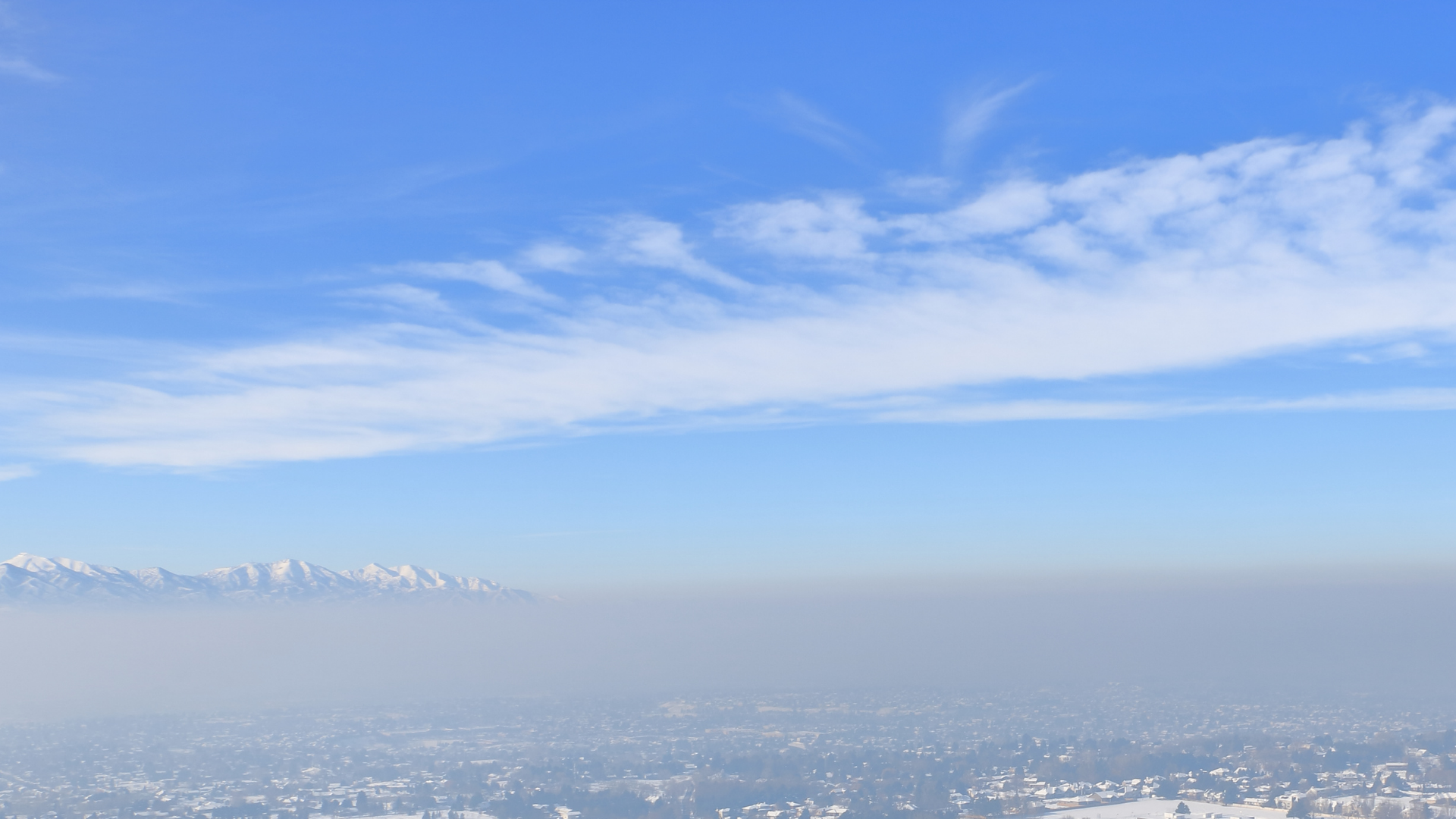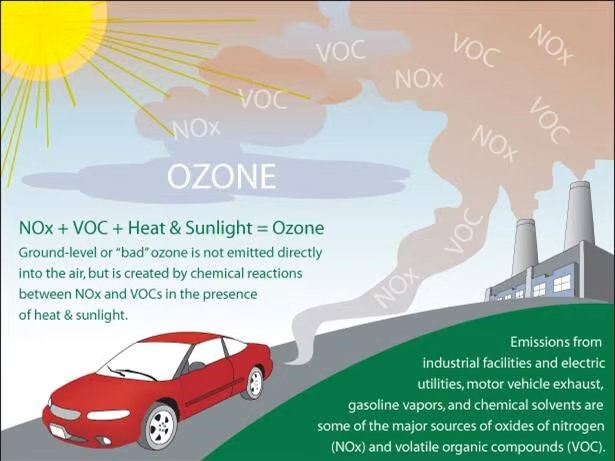
Summit County typically enjoys cleaner air than the Wasatch Front. However, seasonal inversions and wildfire smoke from both regional and distant fires still pose a significant threat to the quality of our air. Each summer, our area sees wildfire-driven pollution where smoke can spike levels of fine particulate matter well above healthy limits.
The Division of Air Quality (DAQ) is part of the Utah Department of Environmental Quality and offers real-time data on the amount of fine particulate matter and ozone in our area through monitoring platforms Air.Utah.gov
What is ozone?
Ozone is a small air pollutant that is harmful to the lungs. It forms when chemicals from cars and industrial manufacturing combine in sunlight. Breathing ozone can make it difficult to breathe, particularly for children, older adults, or individuals with asthma. There are two kinds of ozone. This harmful one differs from the “good ozone” in the upper atmosphere, which shields us from the sun’s harmful rays.

According to the Environmental Protection Agency, “Ground level ozone is not emitted directly into the air, but is created by chemical reactions between oxides of nitrogen (NOx) and volatile organic compounds (VOC). This happens when pollutants emitted by cars, power plants, industrial boilers, refineries, chemical plants, and other sources chemically react in the presence of sunlight.” Source: U.S. EPA
Why does Utah have issues with air quality?
- Persistent ozone issues. As of 2025, the Salt Lake City–Provo–Orem area ranks 9th worst in the U.S. for ozone pollution, driven by pollutants from transportation, industry, and oil/gas activity reacting in heat and sunlight.
- Unique terrain.The combination of mountain-ringed valleys, vehicle emissions, and wood burning often traps pollutants—especially during winter inversions—raising levels of fine particulate matter.
- Summer wildfire activity and drift smoke. Fire season typically peaks July through October, especially under hot, dry conditions. Stay informed about the smoke outlook in your area thanks to this resource by the Interagency Wildland Fire Air Quality Response Program.
What you can do:
- Protect your health during poor air quality days by staying informed with the UtahAir real-time & forecast tool, an official site for monitoring current air quality conditions and forecasts. Be prepared with strategies like masking, filtering indoor air, and timing outdoor activity.
- Learn about trends, policies, and long-term planning by the Utah DEQ Air Quality Metrics & Smoke Management Program.
- Explore ways you can contribute to keeping our air clean at home, at work, and in your community.
Source: U.S. EPA
Climate Change + Public Health Speaker Series — "The Air We Share"
Tuesday, Sept. 30 | Kamas City Event Center
- Nature, humans, and a changing climate affect air quality
- Bad air days negatively impact our health + what we can do to protect ourselves
